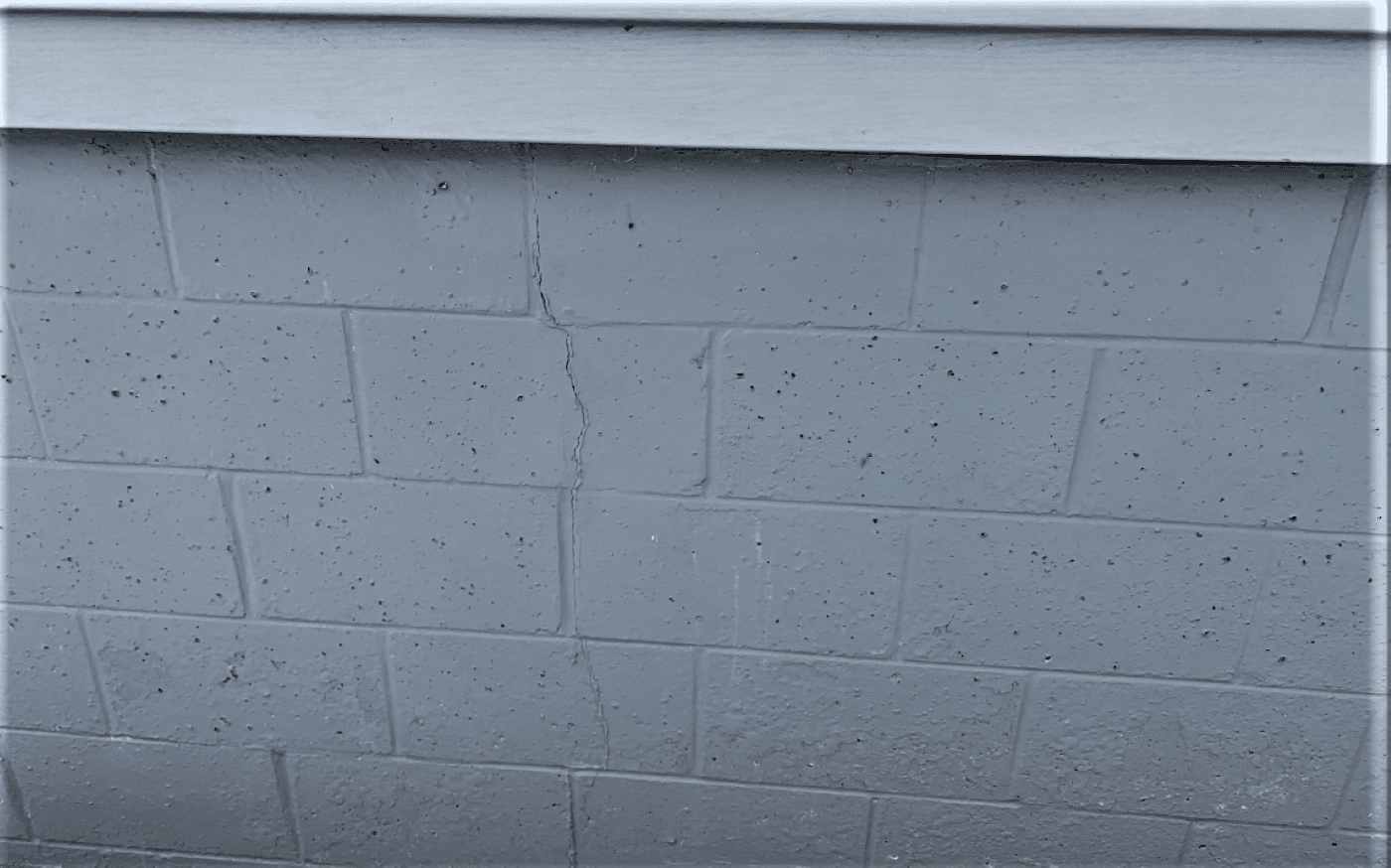Facts About Foundations, Sunken Sidewalks, & Radon
Our team answers homeowner questions every weekend on WCCO 830 AM from 9:00 am-10:00 am. Have your most pressing home improvement quandaries addressed by calling or texting 651-989-9226. Here’s the must-know information Andy Lindus and Jesse Trebil, owner of Safe Basements of Minnesota, shared on 6.26.21.
Cement block foundation spalling is a common issue for many homes. This can be the effect of water splashing up against the porous cement blocks. In addition, Minnesota experiences significant freeze/thaw cycles which can cause damage to foundations. In rare cases, cement blocks can have defects in how they were put together, causing them to disintegrate. When spalling happens, the loose concrete should be cleaned off and a cement sealer should be applied. This will prevent the blocks from taking on further moisture.

Many homeowners question the differences between cement block foundations and poured walls. For cement block foundations to meet code, they must be core filled every four feet with rebar and concrete. Horizontal bond beams are also added for reinforcement. Poured foundations tend to perform better than cement block foundations. This is because they are stronger and tend to hold up better. Wood foundations can also be used. With all foundations, water management should be a priority. This means functioning clog-free gutters and good positive water drainage away from the home. If water is allowed to settle adjacent to a foundation, the soil will become saturated. This causes the soil to expand and push on a home’s walls. It’s important to know that wood foundations cannot handle this lateral force as well as concrete foundations. This makes bowed walls with wood foundations a common issue.

Over time, sidewalks can settle. There are a few different approaches that can be used to correct this issue. If the sunken cement still looks good and does not have major cracks, mud jacking can be performed. During this process, a large hole is drilled, and a slurry of mud is placed in it. This causes the sidewalk to lift back up. However, as the slurry dries up the sidewalk can be prone to settling. A better approach for sunken sidewalks is the use of structural foam. This method utilizes a much smaller hole than mud jacking. This makes pathing the hole easier. The expanding foam is injected into the void below the concrete.

Radon is a radioactive gas that can be devastating to your health. The most reliable way to determine a home’s level of radon is to conduct a long-term test for three to twelve months. The EPA states that homes with a level of four picocuries per liter should be fixed. In the winter months, homes tend to have elevated levels of radon. This is because the stack effect will cause more radon to be pulled in due to the colder temperatures.
Listen To The Entire Show Here:
